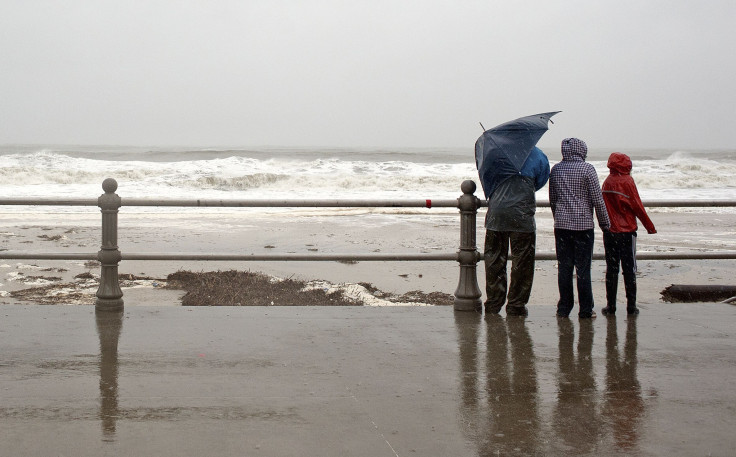Sea-Levels, Rising Up To 23 Feet, Could Sink More Than 1,400 US Cities By 2100: Study

If global carbon emissions continue to increase at the current rate, it could lead to an increase in sea levels of up to 23 feet by the end of this century, submerging more than 1,400 cities and towns in the U.S., including Miami, Virginia Beach, Sacramento and Jacksonville, a new study said.
According to the study, published Monday in the Proceedings of the National Academy of Sciences, the amount of carbon pollution on the planet so far has "locked in" or assured a rise in sea levels of more than 4 feet from today's levels, which is enough to sink more than half of the population in 316 coastal cities in the lower 48 states in the U.S.
"By the end of this century, if global climate emissions continue to increase, that may lock in 23 feet of sea level rise, and threaten 1,429 municipalities that would be mostly submerged at high tide," writes Benjamin Strauss, the study's author, on Climate Central.
And, even if a very low-emissions scenario is considered, there could be a sea-level rise of about 7.5 feet, which would threaten about 555 coastal municipalities, according to Strauss.
"Even if we could just stop global emissions tomorrow on a dime, Fort Lauderdale, Miami Gardens, Hoboken, New Jersey will be under sea level," Strauss was quoted by The Guardian as saying. "Hundreds of American cities are already locked into watery futures and we are growing that group very rapidly. We are locking in hundreds more as we continue to emit carbon into the atmosphere.”
A recent study by an international team of scientists led by Anders Levermann of the Potsdam Institute for Climate Impact Research, said that each degree Fahrenheit of global warming may lead to sea levels rising by about 4.2 feet in the long run.
The new study, by Strauss, has analyzed those figures and has predicted a long-term sea-level rise commitment, which is now growing at about one foot every decade. And, Florida is by far the most vulnerable state while Louisiana, New Jersey and North Carolina are also likely to face enormous difficulties.
“If we choose 25 percent instead of 50 percent as the threat threshold, the lists all increase, and would include major cities like Boston, Long Beach, Calif., and New York City. The lists shrink if we choose 100 percent as the threshold for calling a community ‘threatened’,” Strauss said in a statement.
However, Strauss mentioned in the study that the analysis does not account for potential engineering solutions and that it is essentially based on elevations. The study stressed on the potential of low-emissions scenario to reduce the effects of a rise in sea level, but warned such a scenario was ambitious compared to current trends and policy discussions.
While Levermann’s study said that it would likely take 2,000 years for sea levels to rise to the committed levels, Strauss' study suggests that sea levels could substantially rise well before two millennia from now.
Here is an interactive map based on the study:
© Copyright IBTimes 2024. All rights reserved.






















